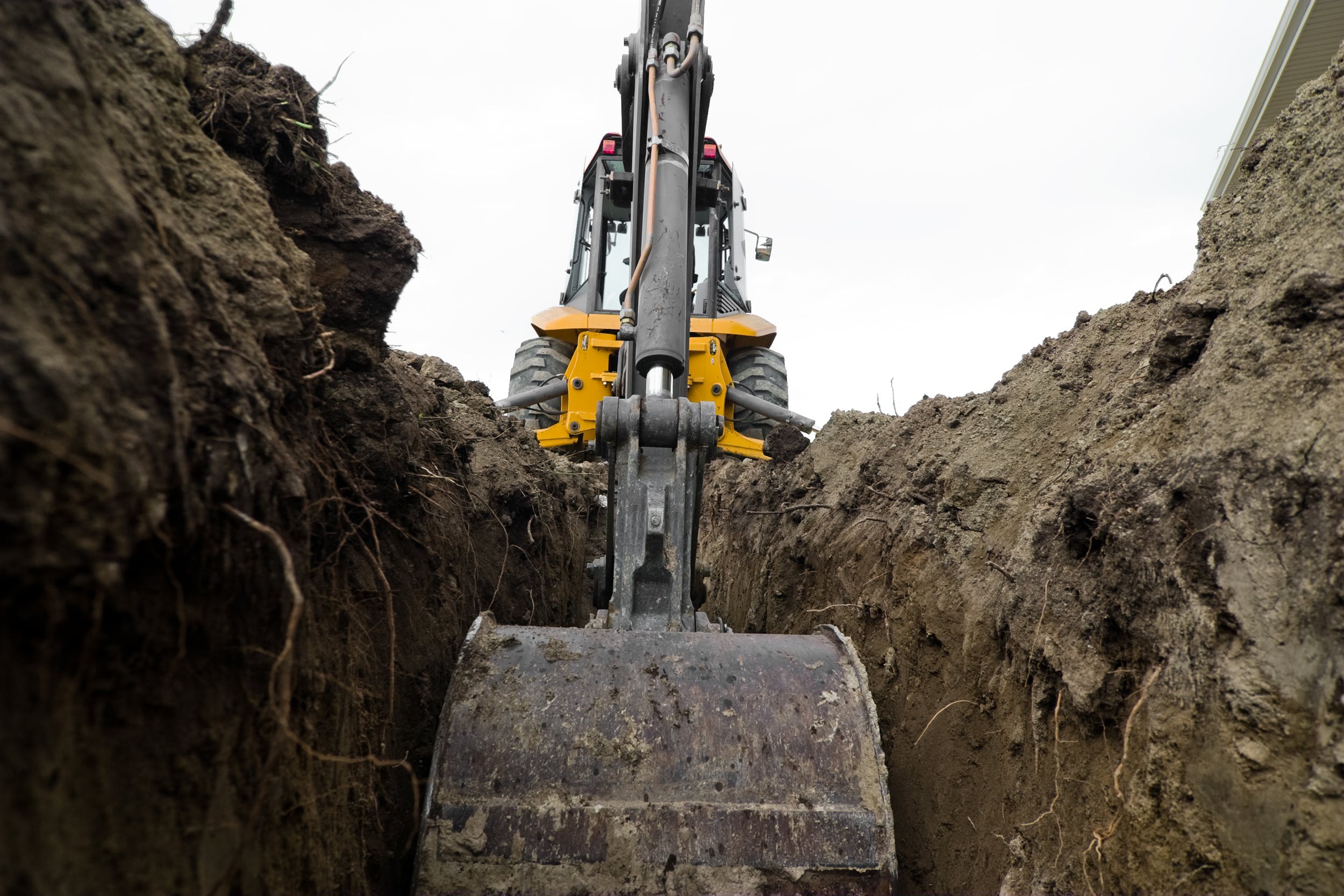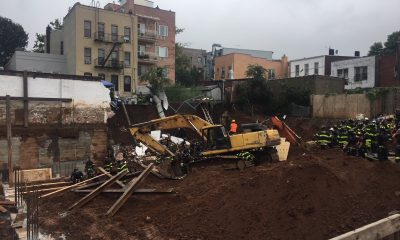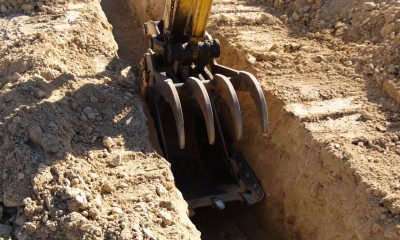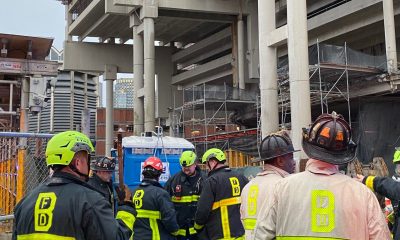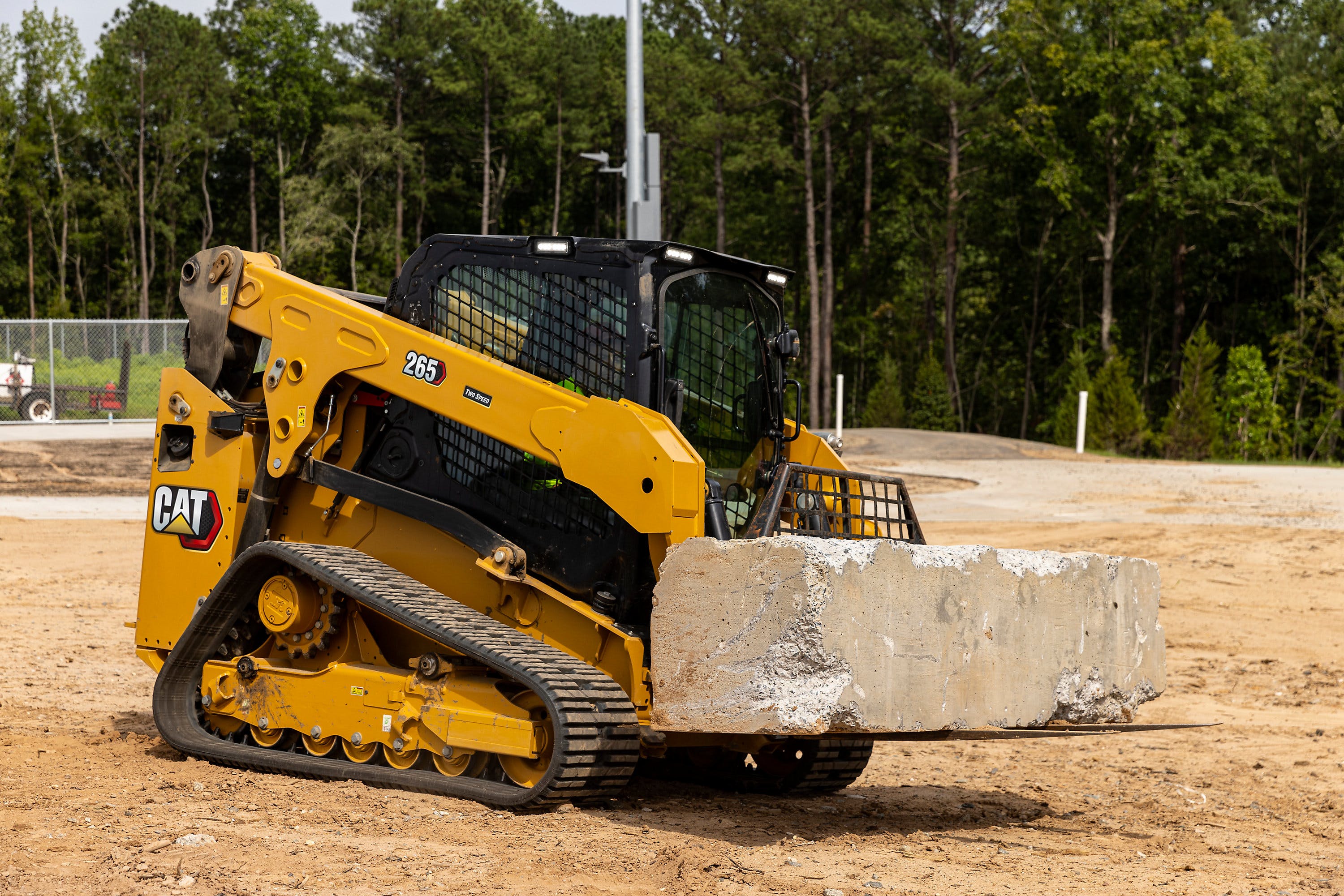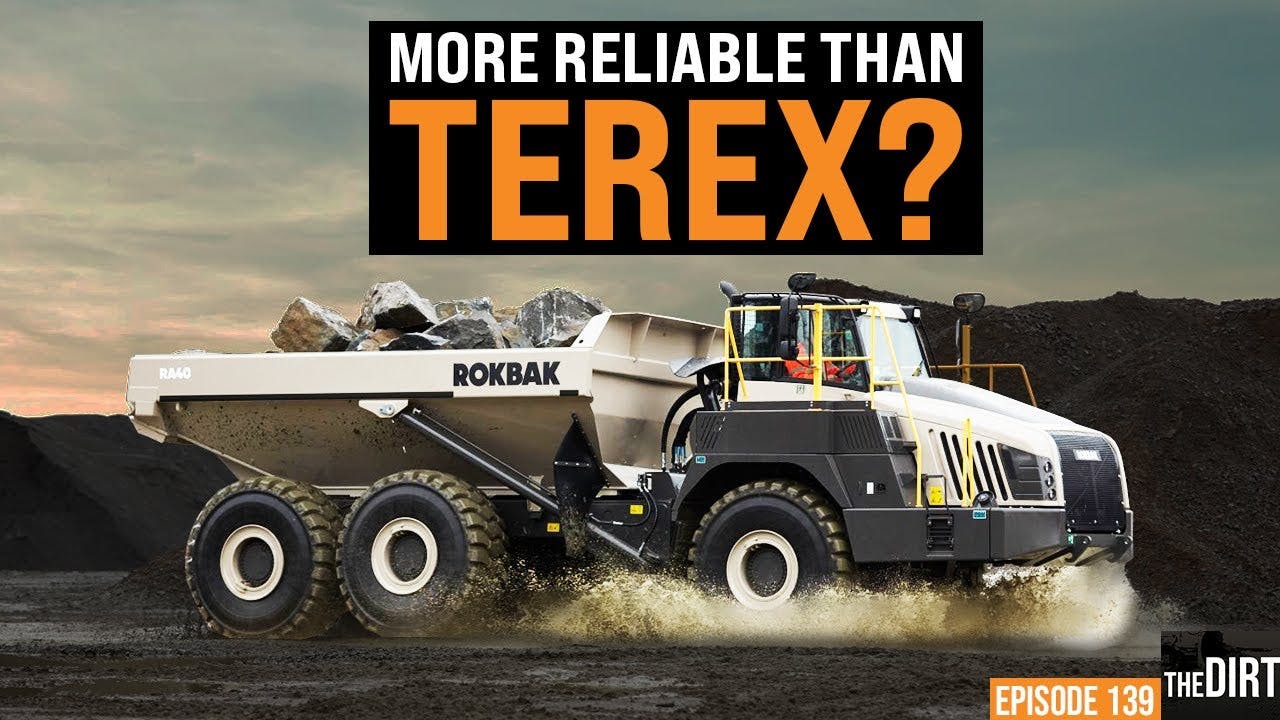Dawn Morse makes a standing offer to workers whose employers don’t follow trench safety rules.
“I’ve said, ‘If your company won’t give you shoring equipment or safety equipment, call me, I’ll find you a new job. I will literally help you find a company that will provide equipment.’”
Morse is a safety trainer and branch manager in Boise, Idaho, for shoring safety equipment company D.P. Nicoli. As one who is often on jobsites, she is dismayed at the high number of trench deaths – 39 – recorded in 2022, the highest fatality number in 18 years. That’s up from 15 in 2021, according to the U.S. Department of Labor.
“People, they hear 39 deaths in one year, and they don’t think so much about it,” she says. “But that’s 39 that were completely preventable.”
They were preventable because in most cases the trenches did not have trench boxes, which protect workers from cave-ins. In cases where trench boxes were present, they were installed improperly or just sitting on the site unused.
Workers in the trenches also lacked training, as did supervisors. There were even cases of contractors being fully aware of the safety standards – because they had been cited in the past – yet continued to disregard them.
The violating companies pay a fine, which they can often negotiate down substantially, and work continues. Compared to environmental penalties, which can reach into the millions of dollars, the fines are small, typically well below $100,000. Some reach six figures.
A few cases each year end up in criminal court, which can lead to jail time and a contractor losing his or her business or license or both. But that is rare.
The rules and penalties for trenching violations, however, are nothing new. Public information abounds for the dangers of unprotected trenches. The U.S. Occupational Safety & Health Administration and industry associations constantly remind employers and workers about safety requirements and orchestrate publicity campaigns and industry outreach to spread the word.
So why did so many die in trenches in 2022?
Why so many deaths?
Wendell Wood, owner of Trench Safety Training in Battle Creek, Michigan, believes the biggest cause of trench deaths is a misunderstanding of dirt.
“The soils that stand may look good, but they are not stable soils,” Wood explains. “… Due to vibration, weight of other material and equipment, it is very susceptible to collapsing all at one time.
“It’s the soil that stands that will kill you.”
That misconception can lead contractors to believe workers will be safe without a trench box.
And it does not even have to be a deep trench to be dangerous.
“It is not the amount of dirt that’s going to cover you up; it’s the amount of dirt that’s going to trap or immobilize you,” Wood says. “It pins you, and that’s not necessarily a lot of dirt.”
To employers who have managed to avoid cave-in without a trench box or other protection, Morse says they are pressing their luck. “When you take those chances over and over again, it’s just like you’re playing the lottery. Because at some point, it’s going to happen.”
It’s also impossible to know what’s behind the trench wall. There could be a void, boulders, water about to burst through – any number of invisible things that can weaken a dirt wall, she explains.
“Every single time they say, ‘Hey, I’m just going to be in there for a second,’ that could be the one second, because that’s all it takes. And we have multiple stories over the years of just that happening.”
More inexperienced contractors
“I would say the number one reason we are having more cave-ins is a lack of knowledge of the standard,” trench safety trainer Rick Padgett says.
He’s seeing more younger, inexperienced construction employers and employees.
“Now we have 30- and 35-year-old guys owning their own construction companies,” says the owner of Padgett Risk Consultants in Roswell, Georgia. “There is a naivety or ignorance of the rules.”
He notes that baby boomers are retiring with all their knowledge and being replaced on jobsites by workers in their 20s who know little about safety. There’s also a lack of safety planning.
“Most of the time when a guy’s trying to slope back or do something like that without a trench box, he didn’t plan the job right,” Padgett says. “He either didn’t know what he was doing, didn’t know what he was getting into, or ‘We’re digging it 4 feet, and all of a sudden, we’re 6, 7 and 8 feet. What do we do?’”
At that point, ordering a trench box could set the job back, and in some cases, may require larger equipment than the contractor has. So instead of waiting, the contractor might try sloping the top of the trench, which is rarely done correctly, or just take a chance.
“It’s just poor planning,” he says. “We’ve got people in charge that don’t need to be in charge. They need a few more years of experience.”
“Production and cost”
Morse and other safety experts cite a need for more training on trench rules and hazards.
OSHA requires workers in trenches to be trained on the hazards and proper use of safety equipment, and each excavation must have a trained competent person daily ensuring safety, but some companies, particularly smaller ones or those that don’t excavate often, are unaware of the rules.
Morse notes that the growing construction economy has meant an increase in smaller jobs, leading companies to perform work in which they lack experience.
“You find people that are used to digging an irrigation farm line, all of a sudden, they are putting in a 20-foot-deep sewer line with no real understanding of what is really needed to be assessed,” she says.
She estimates she has offered 100 free training courses in the past two years. She often asks contractors what they view to be the top priorities on a job.
“If you ask them what the most important thing of a job is, they talk about production and cost,” she says. “I try to explain to them, do you really understand that an incident on a jobsite stops production?”
“No duct tape!”
In some cases, contractors have trench boxes, but they are damaged and should be replaced.
“The boxes don’t collapse; they do fail,” says Wood. “And failure is defined by OSHA as a permanent deformation of a structural member.”
He’s often seen trench boxes being used with bent spreaders or walls. And he rarely sees compliance officers pull them from service.
OSHA requires trench boxes to be used in accordance with the manufacturer’s tab data. In some of the trench deaths, OSHA has cited contractors for not following the manufacturer’s guidance.
Morse is appalled at how much duct tape she sees on construction sites holding together parts of trench boxes and shoring equipment.
“I throw such a fit on every jobsite when I see duct tape holding a spreader pipe together,” she says. “I remind them, there’s no tab data anywhere in existence that has the word ‘duct tape’ written anywhere in it. That’s just not an option.”
What can be done?
Morse worries that 2023 could be another deadly year in the trenches like 2022. She keeps track of trench incidents across the U.S. The first of the year showed signs of a repeat of 2022, she says, but recently there’s been a lull in fatalities.
It’s too early to tell what 2023 will bring. But Morse and other safety experts are leaving nothing to chance. They are working within industry organizations like the North American Excavation Shoring Association and the National Utility Contractors Association to ramp up advocacy efforts to spread the word throughout the industry.
Morse would like to see more emphasis on safety when it comes to bidding on projects, making sure all the subcontractors are properly trained.
“Whenever a company goes out to bid a job, it would be ideal if there was a prerequisite for every job that you have a safety record, that you have a training record, that you know that the people bidding the work are qualified to do the work and to assess the hazards,” she says. “But they don’t really have anything like that in place yet.”
She has seen such requirements from large municipal projects but not on smaller jobs.
She’s also called on the governor of Idaho to allocate some of the state’s infrastructure funding for safety training. She’s heard no response.
“That’s not where they want to see it go,” she says. “And I don’t know why; it would save lives.”
Wood has also offered an idea that hasn’t gotten much traction.
“Every excavator that they put out there, along with the check oil sticker, they should have a sticker to say, ‘At 5 feet or deeper, you will need a protective system’ or some stickers similar to that that would alert these people.”
He would also like to see trench box dealers and rental shops focus more on smaller plumbing contractors who trench only on occasion. They don’t belong to industry associations and are ignorant of the standards.
“They’re not catching the small guy,” he says. “He just rents a piece of equipment every now and then, or he’s just trying to get started and he just doesn’t have a lot of capital.”
He notes, too, though that a plumber not knowing the OSHA standards has no excuse.
“Do-it-yourself people, that’s called an accident, but plumbers – no. That’s what they do for a living. And they should be better prepared, more knowledgeable.”
Better enforcement sought
The safety experts would also like to see some improvement from OSHA. Like the construction industry it oversees, the agency has been experiencing high turnover resulting in younger inspectors and regional directors, they say.
They note that the agency has placed greater emphasis on cracking down on trench safety, but there are still problems.
“Almost every OSHA officer I’ve dealt with in the last six months is either new or very young,” Padgett says. “And the experienced ones are being moved up. There’s just such a turnover that you hire from within, and eventually, you’re promoting 28-year-olds to regional directors, and that just ain’t going to work.”
He also sees inconsistency in enforcement and inspections.
“You have an inspector come out on a job. … He’ll pick out one or two things. And then the next inspector comes out and finds the same job with 12 different problems.”
Interview requests to OSHA for this story were unsuccessful.
Morse sees a need for tougher penalties for violations, and violators shouldn’t be able to negotiate down fines when lives are put at risk.
“If you kill somebody in a trench because you didn’t supply them with safety training or safety equipment, you’ve lost your rights, in my opinion, to continue that business,” she says. “But that is not how it works.”
She would also like to see the agency do more outreach to jobsites before safety incidents occur.
She acknowledges, though, that the agency is limited in its resources. For that reason she is focusing on getting the word out within the industry. She’s also hoping to encourage more large general contractors to mentor smaller, lesser-experienced companies on safety and to encourage the industry to voluntarily go beyond the OSHA standards.
“They think OSHA’s strict, but OSHA’s requirements are the bare minimum,” she says. “They should be much stricter.”

 Business5 years ago
Business5 years ago
 Business3 years ago
Business3 years ago
 Tech3 years ago
Tech3 years ago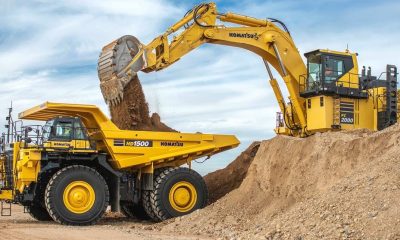
 Tech2 years ago
Tech2 years ago
